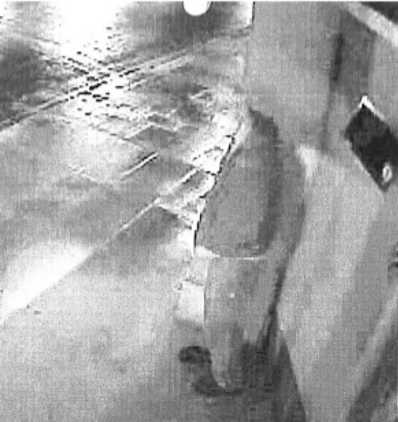- Lake County News reports
- Posted On
Study: Distracted driving puts newly licensed teens at high risk for crashes
Female teens are twice as likely as male teens to use cell phones and other electronic devices while driving, according to a new in-car video study from the AAA Foundation of Traffic Safety.
The study also shows that many other potential driving distractions are common and problematic among teenage drivers.
The AAA Foundation study is the first study using in-car video footage to focus on teen distracted driving.
Researchers identified the prevalence and consequences of various distracted driver behaviors among teens.
They also identified the prevalence and consequences of distracting conditions that teens face.
These behaviors and conditions vary based on the presence of passengers, the time of day, the sex of the driver, and other potentially important factors.
“Cell phones, texting, personal grooming, and reaching for items in the car were among the most common distracting activities that the cameras caught inside the cars of new teen drivers,” says Cynthia Harris, AAA Northern California spokesperson. “This new study provides the best view we’ve had about how and when teens engage in distracted driving behaviors, which are believed to contribute to making car crashes the leading cause of teenage deaths.”
The main findings from the report show that gender played a role in some of the observed distractions.
Females were nearly twice as likely as males to use an electronic device while driving, and overall, were nearly 10 percent more likely to be seen engaging in other distracted behaviors, like reaching for an object in the vehicle (nearly 50 percent more likely than males) or eating or drinking (nearly 25 percent more likely than males).
On the other hand, males were roughly twice as likely to turn around in their seats while driving and were also more likely to communicate with people outside of their vehicle.
“Drivers are three times as likely to take their eyes off the road when using electronic devices. They were also two and a half times more likely to look away from the road when engaged in other behaviors.” says Harris. “A second may not seem like much, but at 65 miles per hour a car travels the length of a basketball court in a single second. That extra second can mean the difference between life and death.”
AAA Foundation data analysis also found that potentially distracting activities significantly decreased when parents or other adults were present in the car.
In contrast, loud conversations and horseplay were more than twice as likely to occur when multiple teen peers, instead of just one, were present.
These distractions are particularly concerning, as they are associated with the occurrence of crashes, other serious incidents, and high g-force events.
Drivers were six times as likely to have a serious incident when there was loud conversation in the vehicle, and they were more than twice as likely to have a high g-force event when there was horseplay.
Parents can improve teen drivers’ safety as they start to drive on their own by following these tips:
- Practice, practice, practice. Once teens have their actual license, continue to ensure that basic skills are mastered and to introduce varied driving conditions such as snow and heavy traffic rural roads with an experienced driver in the passenger seat.
- Keep passengers out. Teen drivers’ crash risks multiply with teenage passengers in the vehicle. Set limits and enforce them consistently.
- Limit night driving. Reduced visibility makes night driving riskier for drivers of all ages. For inexperienced teens it’s even harder. Allow new teen drivers to drive at night only if it’s truly necessary for them to practice driving in the dark with a parent.
- Keep setting rules. Establish and enforce rules above and beyond state laws. In addition to night and passenger limits, set rules for inclement weather, highways, cities, or other driving conditions in which a teen has not gained enough experience. Find a parent-teen agreement on www.teendriving.aaa.com that can help.
The data for this report came from an analysis of video clips collected as part of a three-phase naturalistic study of 50 North Carolina families with novice teen drivers.
The first study looked at how parents supervise their teens during the learner’s stage, and the second examined how teen behaviors and driving conditions shift during the transition to unsupervised driving.
For the current study, 7,858 clips from the first six months of unsupervised driving were re-analyzed to investigate distraction specifically.










